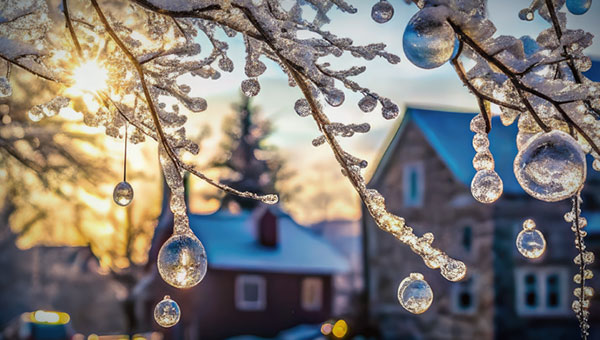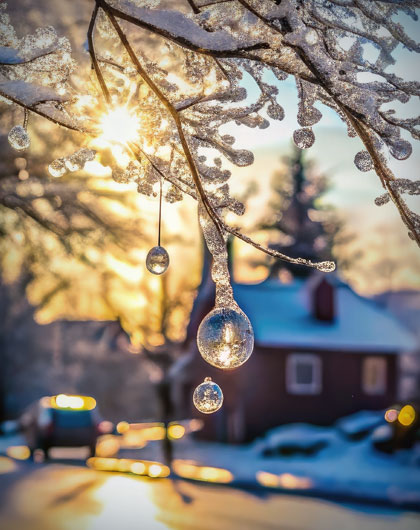
Mold is regarded as an issue that mainly affects regions that have warm and humid climates. But those who own a house or manage a property in a cold climate are quite familiar with this unwelcome guest. There are various issues associated with mold growth and its management in cold regions, from the identification to the removal. In this guide, we explore the causes, signs, eradication, and prevention of mold in cold weather to give you the best advice for a healthy home. Although it is a known fact that mold remediation isn`t a small feat, FDP Mold Remediation is ready to address them all with professional solutions.
This is not entirely true because cold weather does not in any way slow down mold growth. Rather, it alters the circumstances under which mold can grow. Mold initiates itself within cold climate zones because of condensation, inadequate air circulation, and concealed water sources.
Condensation is one of the main causes. Warm, moist air is caused by activities such as showering, cooking, and using air humidifiers. When this air comes into contact with cold surfaces such as windows, walls, and floors, it cools quickly, leading to the formation of water droplets. These droplets are perfect for mold growth. People with poorly insulated houses or those with high humidity conditions are usually at the receiving end.
Poor ventilation makes this worse. During the winter season, doors and windows are shut to prevent heat from escaping; thus, the circulation of fresh air that washes out the moisture is restricted as well. Most areas that are problematic for mold growth are the washrooms, kitchens, and basements, as they are mostly damp areas and are often in contact with water.
There are various causes of mold, including water trapped in the roof, pipes, or walls, and even cracks in the walls. These issues may remain unnoticed for a long time and result in hidden mold growth buildup of snow and ice around a home, leading to water infiltration, which aggravates moisture problems in cold and damp environments.

It is extremely important to determine the presence of mold as soon as possible to avoid much damage and health issues. When it comes to identifying mold in cold climates, one has to be very vigilant and look for them very closely.
The most obvious signals that one is likely to receive from mold are visual ones. Check regularly for black or green spots on walls, ceilings, floors, and near windows, as well as white marks around the windows. Mold can also grow in a fuzzy or slimy manner, depending on the type and maturity of the mold.
Another sign that the house is infested is a pungent smell, usually like the smell of rotting leaves. This odor is usually more effective in enclosed areas such as the basement, attic, and crawl spaces. If you get a whiff of such a smell, you should look further, even if there may not be mold that is easily seen.
They also should identify health symptoms for the possible existence of mold in a house or building. Some of the signs and symptoms are breathing difficulties and inflammation of the upper respiratory tract, stuffy nose, itchy eyes, skin reactions, and worsening of asthmatic or allergic conditions. If these symptoms are aggravated inside the house or get better when you are outside your house, then there could be mold.
Professional mold testing should be done to confirm the presence of mold and determine the severity of the problem. Mold specialists employ sophisticated equipment and methods for searching for hidden mold and determining the spore count in the air, which allows them to draw a proper conclusion about your house`s state.
The process of mold removal in cold climate areas must be done methodically to ensure complete removal of the mold and avoidance of future development. Here are some effective methods:
To prevent mold from returning, it is necessary to prevent it and take constant measures. Below are some of the effective ways of preventing mold in a house located in a cold region.
Keep indoor humidity levels below 60%, preferably 30-50%. Display in rooms that are likely to be humid, such as bathrooms and basements. To ensure the dehumidifier units function properly, it is recommended that they be systematically cleaned and emptied.
Proper ventilation is essential in all parts of your house. Install exhaust fans in the bathrooms and kitchens to remove moist air. Open windows occasionally to let fresh air in, no matter the weather.
Effective insulation minimizes the formation of condensation since there is a decrease in the difference in temperature between inside air and physical structures. Thermal protection includes insulating walls, attics, and crawl spaces, as well as possibly using double-glazing windows.
Some common damages that require the diagnosis of a professional include roof, plumbing, and foundation leaks. Any damages should be repaired as soon as possible to avoid water damage and mold formation.
Maintain your heating, ventilation, and air conditioning systems properly and clean them on a regular basis. Clean filters as suggested, and make sure that the ducts are not dusty or dirty. Mold also pose a threat to HVAC systems since it can spread spores throughout the house when the system is not well maintained.
While remodeling or repairing your house, it is advisable to use products that do not foster mold, such as drywall, paint, and insulation. These are created to prevent mold or mildew and are considered additional armor to the materials used.
Schedule mold check-ups frequently, especially where dampness is present, such as in the basement, attic, and bathroom. Mold problems should be tackled as soon as they are detected to avoid escalating into huge problems.
Mold in cold climates presents unique challenges, but with the right knowledge and strategies, it can be effectively managed and prevented. By understanding the causes, identifying the signs, and employing effective removal and prevention methods, you can protect your home and health from the adverse effects of mold.
Don't let mold compromise your health and property. Contact FDP Mold Remediation for expert mold remediation services. Our team of professionals is equipped with the knowledge and tools to effectively handle mold problems in both cold and dry climates. Call us today to schedule an inspection and take the first step toward a mold-free home.



